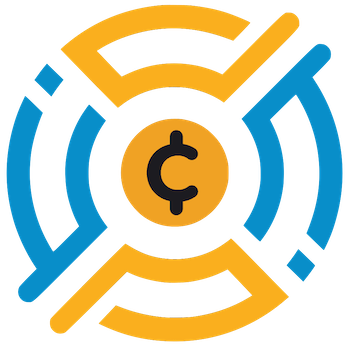In recent months, a notable surge in interest surrounding the creation of the first spot XRP exchange-traded fund (ETF) in the United States has captured the attention of both investors and regulators alike. Several prominent entities, including Grayscale, Bitwise, and 21Shares, are vying to pioneer this investment vehicle. These firms have submitted their ETF applications to the U.S. Securities and Exchange Commission (SEC), which has officially acknowledged their proposals. The SEC’s nod is crucial because it legitimizes these efforts and sets the stage for potential approval or rejection.
Among the various applications, Grayscale’s submission has recently made headlines as it was posted to the Federal Register. This development signifies a critical timeline where the SEC has until October 18 to make its decision. The XRP community has responded to this heightened anticipation with enthusiasm, buoyed by the belief that the approval of an XRP ETF is imminent. Ripple’s CEO has echoed this sentiment, confidently asserting that the eventual introduction of an XRP ETF is “inevitable.”
Current predictions concerning the likelihood of approval have shifted; forecasts suggest an 81% chance of acceptance in the U.S. by the end of 2025, while interim possibilities of approval by July 31 hover around 45%. This optimism represents not only hope for XRP investors but also signals broader implications for the cryptocurrency market.
While U.S. developments remain pivotal, it’s essential to recognize the recent milestone achieved by Brazil’s Comissâo de Valores Mobiliários, which has granted permission for the world’s first spot XRP ETF. Such a landmark decision is indicative of growing global acceptance of cryptocurrencies as legitimate financial instruments. Following the Brazilian approval, the price of XRP surged to nearly $2.75 before pulling back to around $2.67. This fluctuation is a testimony to the volatile nature of cryptocurrency markets and the immediate impact news of regulatory approvals can have on prices.
Nevertheless, the implications of a U.S. XRP ETF would likely extend far beyond that of Brazil’s approval. Given that the U.S. remains the largest and most authoritative financial market globally, the launch of a spot XRP ETF on its shores could significantly broaden the asset’s reach. It would open the floodgates to institutional and retail investors, potentially accelerating the broader adoption of cryptocurrency.
The potential approval of an XRP ETF also carries significant weight for the crypto industry at large. It may serve as a definitive indicator of a more favorable regulatory environment, especially in light of recent leadership changes within the SEC. The departure of former Chairman Gary Gensler and the appointment of more pro-cryptocurrency officials like Mark Uyeda symbolize a shifting landscape in regulatory attitudes.
An affirmative stance from the SEC regarding XRP could catalyze further advancements in crypto regulation and pave the way for additional products entering the market. This could foster a more robust ecosystem where cryptocurrencies transition from speculative assets to mainstream financial instruments—a pivotal evolution for the industry.
The race for the XRP ETF in the U.S. encapsulates broader trends in cryptocurrency acceptance, market volatility, and regulatory dynamics that will shape the future of digital assets not just in the U.S., but worldwide.
















Leave a Reply
You must be logged in to post a comment.